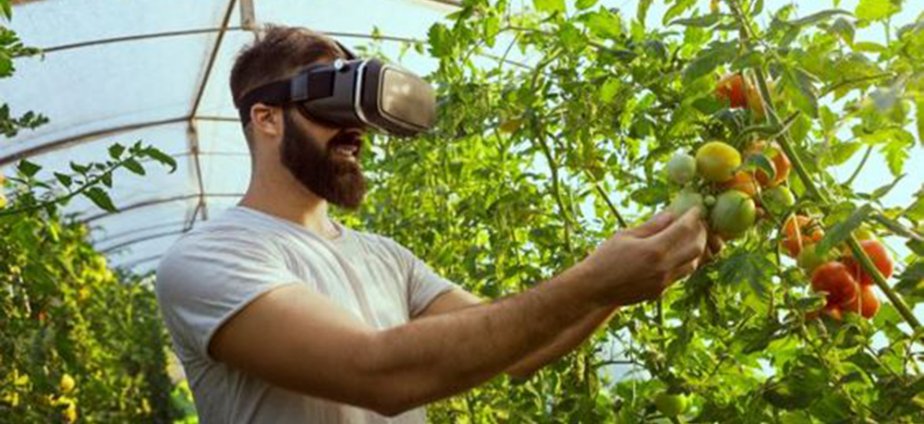A three-year project aimed at unearthing new ways to move Australian agriculture forward has wrapped up with a list of 39 emerging technologies and 24 new industries. The six-part series of Horizon Scans, developed by QUT and funded by AgriFutures Australia highlights futuristic technologies, trends, innovations and new industry opportunities, all with strong potential to expand and grow Australian agriculture.
The latest watchlist of 24 potential opportunities for development includes medicinal marijuana, hemp milk, and hydroponic berries, Asian vegetables, hydroponic hops, Australian edible natives, insect farming, wild camel and goat harvesting. While emerging technologies were identified in robotics and artificial intelligence, data, biotechnology, genomics, business models, renewable energy, and advanced materials.
AgriFutures Australia Managing Director, John Harvey highlighted the importance of emerging technologies and industries in helping the sector achieve the National Farmer’s Federation’s $100 billion target. “Spotting emerging technologies early and identifying their role in helping grow new industries is exciting for the sector and key to maximising the Australian agricultural sector’s competitive advantage,” said Mr. Harvey. “For Australia to remain at the forefront of innovation and to meet our ambitious targets we need to seek out these opportunities and commit to pursuing new ways of doing things. I see these scans as critical in contributing to that.”
QUT researcher, Dr. Grant Hamilton said “many of the technologies and new industries identified through the scans have obvious applications, others may require a leap of faith to understand the potential impact they can have on individual farm businesses or agricultural industries. They also present an opportunity for growth, and the capacity to do so in an environmentally sustainable way by using new technologies.”
AgriFutures Australia Senior Manager Jenifer Medway encouraged Australian producers to be open to new possibilities. “Technologies can emerge from inside Australia in unrelated sectors, or overseas technologies have the potential to completely transform the way we do things here. “We are already starting to see the benefits of autonomous robotics and human physical augmentation technologies in improving productivity and the safety of workers in repetitive and physically demanding tasks. As the future of work takes shape over the coming decades, these technologies will be essential in driving on-farm transformation,” said Ms. Medway.
Readers also enjoyed our story RME + Wellcamp.









